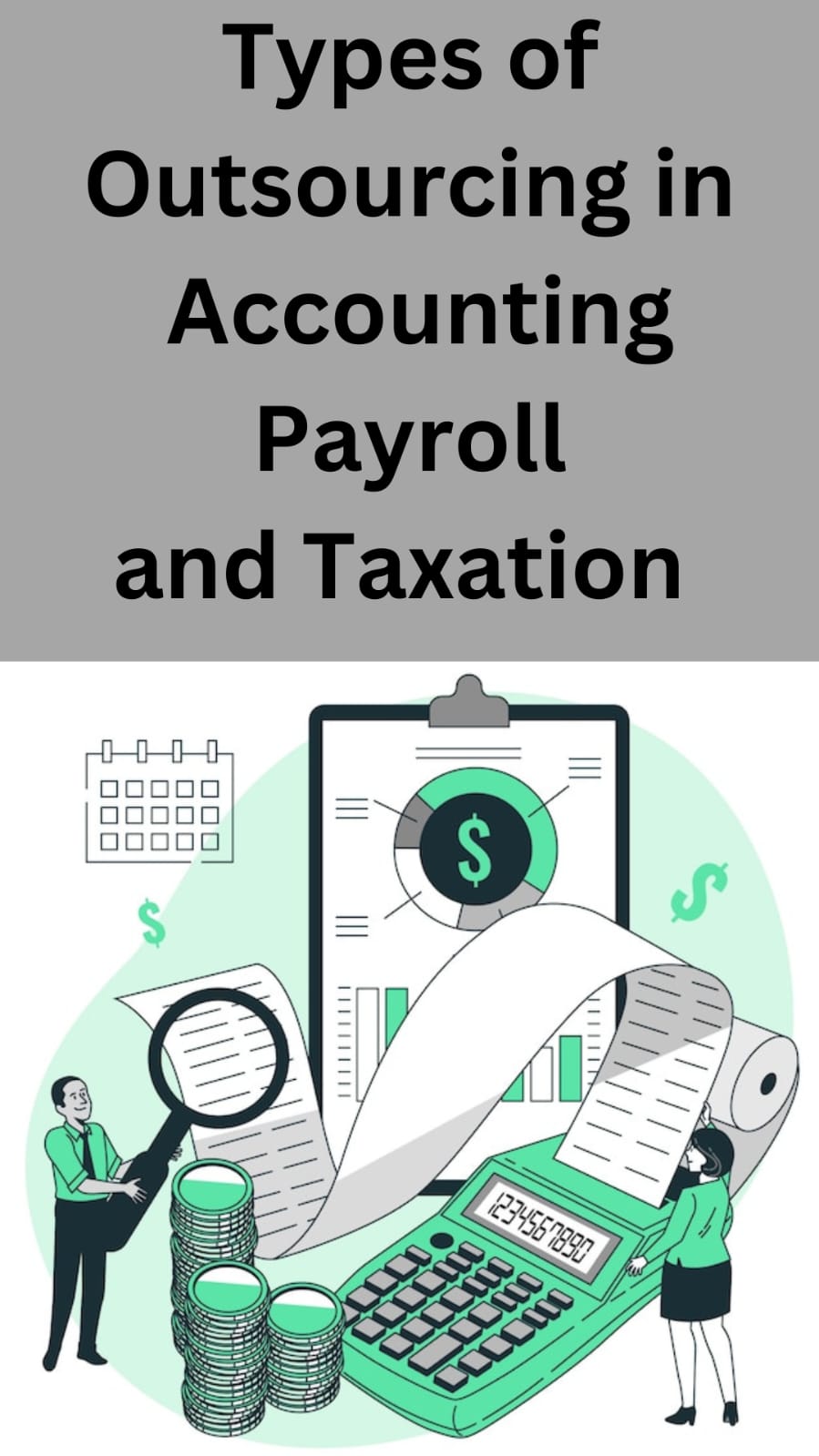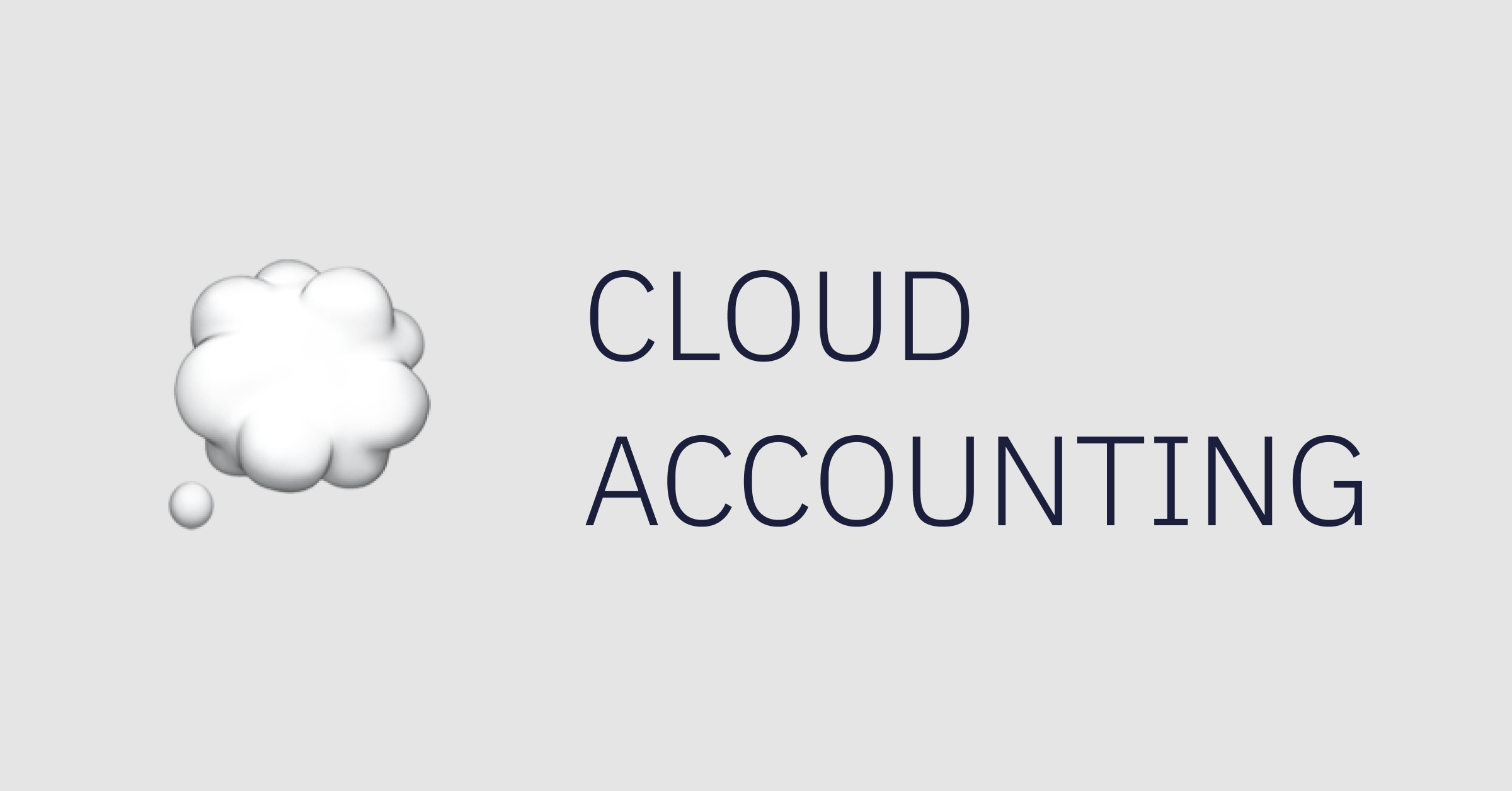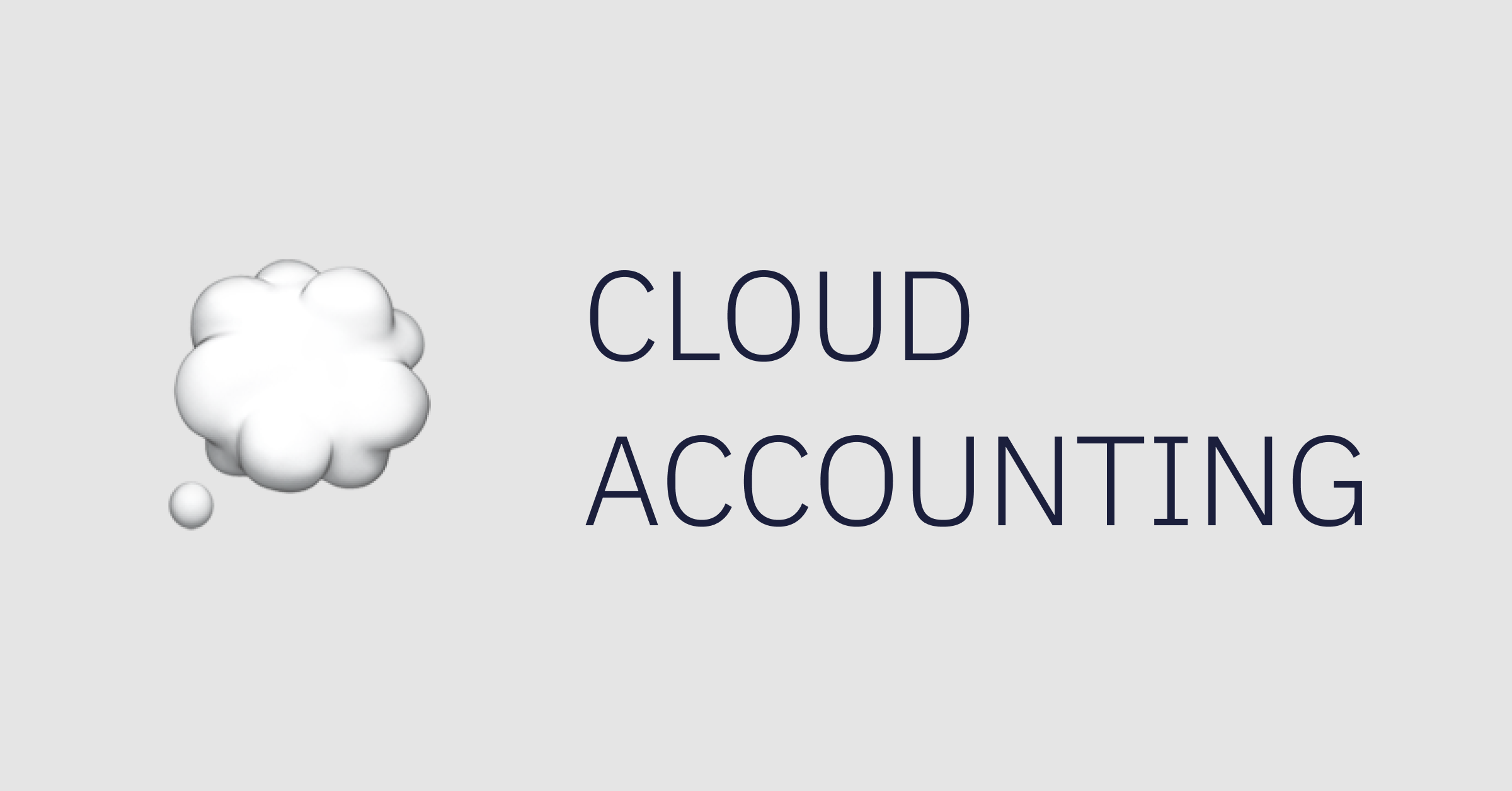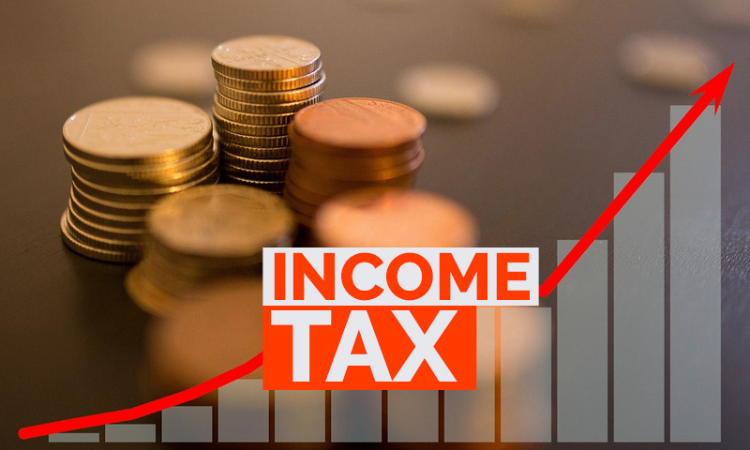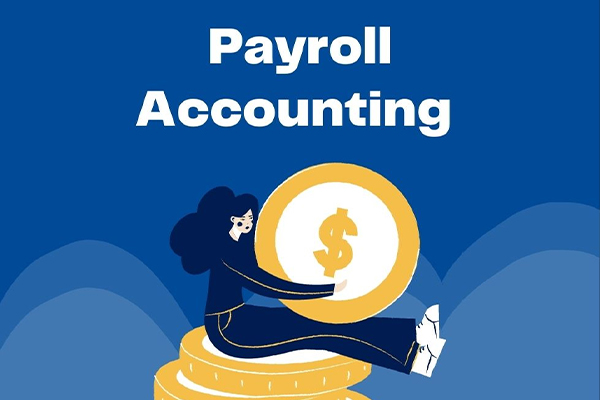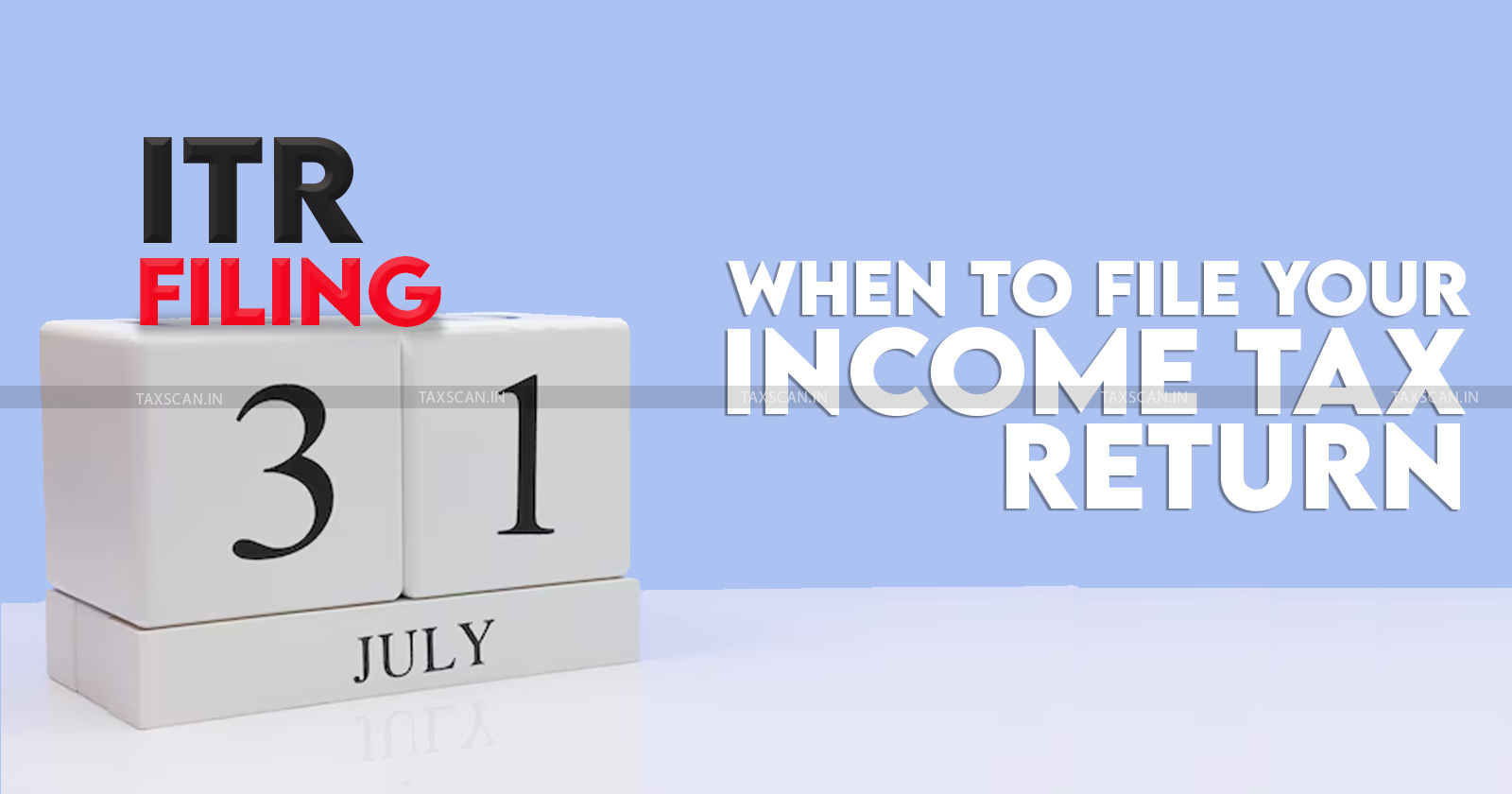Understanding Australia's PAYG System


What is PAYG?
PAYG stands for Pay As You Go, a system used by the ATO to collect income tax from individuals and businesses. The system is divided into two main components:
1.PAYG Withholding: This applies to employers who are required to withhold tax from payments made to their employees, contractors, and other payees. The withheld amounts are then remitted to the ATO.
2.PAYG Instalments: This applies to individuals and businesses with income that isn’t subject to withholding, such as business or investment income. Taxpayers make regular prepayments towards their expected annual tax liability.
Benefits of the PAYG System
The PAYG system offers several advantages for both taxpayers and the government:
1.Smoother Cash Flow: By spreading tax payments throughout the year, PAYG helps taxpayers manage their cash flow more effectively.
2.Reduced Year-End Burden: Regular payments mean that taxpayers are less likely to face a large tax bill at the end of the financial year.
3.Improved Compliance: The PAYG system encourages timely tax payments, reducing the risk of non-compliance and associated penalties.
4.Efficient Tax Collection: For the government, PAYG provides a steady stream of revenue, improving budget planning and public service funding.
Compliance and Penalties
Compliance with the PAYG system is mandatory for eligible taxpayers. Failure to comply can result in penalties and interest charges. Common compliance issues include:
To avoid these issues, it is crucial for taxpayers to keep accurate records and stay informed about their PAYG obligations.



